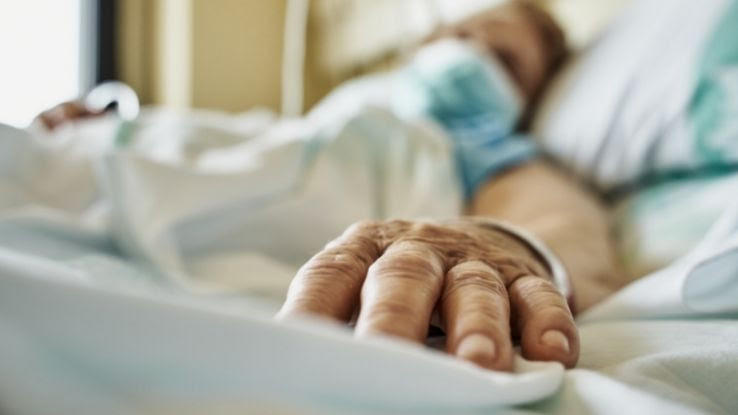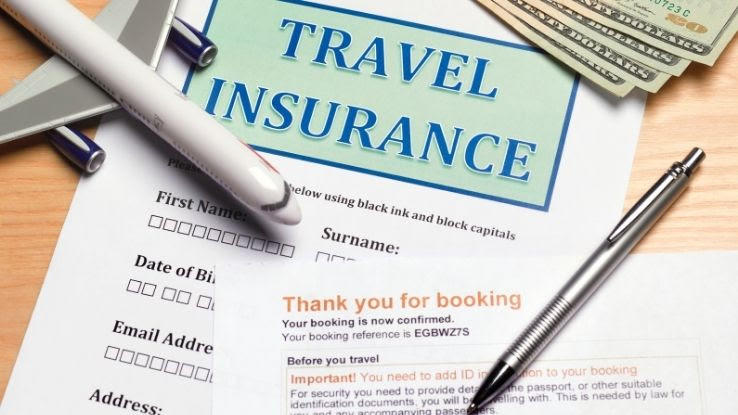Not known Facts About Pacific Prime
Table of ContentsAll About Pacific PrimeFacts About Pacific Prime RevealedThe Definitive Guide to Pacific PrimeWhat Does Pacific Prime Mean?Some Known Details About Pacific Prime

This is because the information were accumulated for a period of solid economic efficiency. Of the approximated 42 million people who were uninsured, just about about 420,000 (regarding 1 percent) were under 65 years of age, the age at which most Americans end up being qualified for Medicare; 32 million were adults in between ages 18 and 65, about 19 percent of all adults in this age group; and 10 million were children under 18 years of age, about 13.9 percent of all kids (Mills, 2000).
These price quotes of the variety of individuals without insurance are generated from the annual March Supplement to the Existing Populace Survey (CPS), conducted by the Census Bureau. Unless otherwise noted, nationwide estimates of people without medical insurance and proportions of the populace with various kinds of coverage are based upon the CPS, one of the most commonly used resource of estimates of insurance policy coverage and uninsurance prices.
Getting The Pacific Prime To Work

Still, the CPS is specifically beneficial since it creates annual price quotes reasonably rapidly, reporting the previous year's insurance policy protection estimates each September, and since it is the basis for a constant set of price quotes for greater than two decades, enabling analysis of patterns in coverage over time. For these factors, along with the substantial usage of the CPS in various other researches of insurance protection that are provided in this record, we rely on CPS estimates, with restrictions noted.

The quote of the number of uninsured individuals increases when a population's insurance policy condition is tracked for numerous years. Over a three-year duration beginning early in 1993, 72 million individuals, 29 percent of the united state population, lacked protection for at least one month. Within a solitary year (1994 ), 53 million individuals experienced at the very least a month without protection (Bennefield, 1998a)
Six out of every ten uninsured grownups are themselves used. Functioning does enhance the possibility that one and one's household participants will have insurance, it is not a warranty. Even members of family members with 2 permanent breadwinner have nearly a one-in-ten chance of being uninsured (9.1 percent uninsured price) (Hoffman and Pohl, 2000).
Indicators on Pacific Prime You Need To Know
New immigrants represent a significant percentage of people without medical insurance. One evaluation has actually connected a substantial section of the recent development in the dimension of the united state without insurance population to immigrants that showed up in the country in between 1994 and 1998 (Camarota and Edwards, 2000). Current immigrants (those that concerned the United States within the past 4 years) do have a high price of being without insurance (46 percent), however they and their kids represent just 6 percent of those without insurance policy country wide (Holahan et al., 2001).
The relationship in between wellness insurance and accessibility to care is well developed, as documented later on in this chapter. Although the relationship in between medical insurance and health and wellness end results is neither straight neither basic, a comprehensive clinical and health solutions research study literary works links health insurance coverage to enhanced access to care, much better quality, and enhanced personal and populace health condition.
Degrees of analysis for checking out the impacts of uninsurance. This discussion of medical insurance coverage concentrates mainly on the united state populace under age 65 since essentially all Americans 65 and older have Medicare or various other public insurance coverage. It concentrates especially on those without any type of health and wellness insurance coverage for any type of size of time.
The 5-Second Trick For Pacific Prime
The problems dealt with by the underinsured are in some areas similar to those faced by the uninsured, although they are typically less serious. international travel insurance. Uninsurance and underinsurance, nevertheless, entail distinctly different plan concerns, and the strategies for addressing them might differ. Throughout this study and the 5 records to comply with, the main emphasis gets on individuals with no wellness insurance and hence no aid in spending for healthcare beyond what is available via charity and safeguard institutions
Medical insurance is an effective factor impacting receipt of care due to the fact that both patients and medical professionals react to the out-of-pocket rate of solutions - https://dzone.com/users/5122954/pacificpr1me.html. Wellness insurance, however, is neither required neither enough to acquire access to clinical solutions. The independent and direct impact of wellness insurance coverage on accessibility to health services is well established.
Others will certainly get the health care they require even without wellness insurance, by paying for it out of pocket or seeking it from providers that offer treatment complimentary or at highly subsidized prices. For still others, health and wellness insurance alone does not make sure invoice of treatment since of various other nonfinancial barriers, such as an this absence of healthcare service providers in their community, limited access to transport, illiteracy, or etymological and cultural distinctions.
Pacific Prime for Beginners
Formal research study concerning uninsured populations in the United States dates to the late 1920s and early 1930s when the Board on the Expense of Healthcare generated a series of reports concerning financing medical professional office visits and hospitalizations. This concern became salient as the varieties of medically indigent climbed throughout the Great Anxiety.